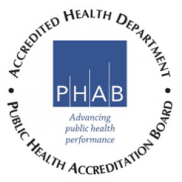Little Rock, Ark. – The Drug Enforcement Administration (DEA) and United States Food and Drug Administration (FDA) have reported a widespread threat of xylazine mixed with illegal drugs such as fentanyl and heroin.
According to a DEA Public Safety Alert, drug seizures containing mixtures of fentanyl-laced with xylazine have been detected in 48 states. The DEA has reported that xylazine-positive overdose deaths have risen by 1,127% in the South. The Arkansas State Crime Laboratory has reported mixtures of illegal drugs, such as fentanyl and heroin, containing xylazine.
Xylazine is a non-opioid tranquilizer used by veterinarians for animals such as elk, deer, and horses. The FDA has not approved the use of xylazine in humans.
Xylazine-mixed drugs may go by street names such as “Tranq”, “Tranq dope”, “Philly dope”, “sleep cut” and “zombie drug”. Of note, xylazine has also been reported in stimulants, such as methamphetamine and cocaine which has been called “speedball”.
Side effects of xylazine:
- Decrease in breathing rate (respiratory depression)
- Slows down brain activity (CNS depression)
- Decrease in heart rate (bradycardia)
- Lowers blood pressure (hypotension)
- Raises blood sugar
- Withdrawal symptoms have been reported with xylazine
- Xylazine constricts blood vessels which can reduce blood flow to tissues and organs.
Dangers:
- Xylazine and opioids can both slow down breathing and heart rate, but when xylazine is mixed with opioids, there can be added effects which will increase the risk of overdose death.
- Opioid overdoses mixed with xylazine can be harder to treat. Narcan (naloxone) will reverse the effects of an opioid, such as fentanyl, but it will not be effective in reversing a non-opioid such as xylazine.
- Xylazine can potentially damage organs, muscles, and nerves due to decreased blood flow.
- Individuals that abuse xylazine mixed substances can develop severe skin ulcers and dangerous skin infections.
- Prolonged unresponsiveness due to opioids mixed with xylazine can lead to reduced body temperature or heat-related injury when these substances are abused by people in an outdoor setting.
- Increase the risk of falls.
The FDA recommends treating suspected opioid drug overdoses with Narcan (naloxone) even if mixed with xylazine, as Narcan (naloxone) will reverse the effects of the opioid.
Healthcare providers should consider xylazine exposure if a patient is not responding to Narcan (naloxone) as well as expected and additional supportive care may be needed.
Chronic xylazine exposure use can also be considered by healthcare providers if patients present with severe skin wounds, ulcers, or infections.
For more information:
- Arkansas Poison Center Phone number: 1-800-222-1222
- SAMHSA’s National Helpline: A free, confidential, 24-hour-a-day, 365-a-year, referral helpline. This service provides referrals to local treatment facilities, support groups, and community-based organizations. 1-800-662-HELP (4357) or TTY: 1-800-487-4889 or https://www.samhsa.gov
- Start Your Recovery: A free treatment support service locator for anyone dealing with substance use issues. “We offer people a single source of relatable, reliable information at any stage of their recovery journey.” User-friendly and in a language that’s easy to understand.
- Narcotics: Find Rehabs Near You
- Arkansas Take Back
- Arkansas Peer Recovery
- Together Arkansas Opioid Response Initiative
- Department of Human Services: Grant-funded treatment facilities in each region of the state
- AR Connect: is a hotline designed to help those Arkansans needing immediate care or assistance for mental health issues including substance use disorder. Call 1-501-526-3563 or toll free at 1-800-482-9921 or visit https://uamshealth.com/ar-connectnow/
- FDA MedWatch Adverse Event Reporting Program
###


